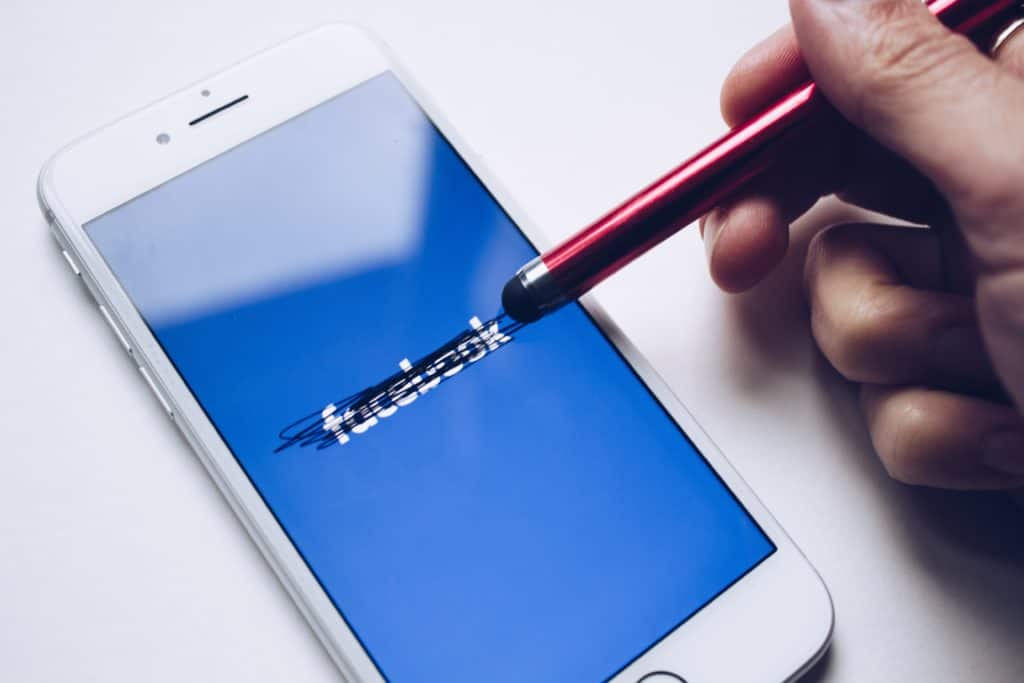Need any help? Contact us:

Table of Contents
The World Intellectual Property Organization (WIPO)‘s statistics show that trademark and patent filing activities have been rapidly growing in number on a global scale. Asia, in particular, recorded an increase in the number of applications filed for patents, utility models, trademarks, and industrial design in the last decade.
And the reason behind this growing trend? The continual development of digital technologies.
It is highly recommended for a company or an individual creator to protect their intellectual property to maximise revenue and prevent any commercial exploitation by a third party. Additionally, as a measure of prevention, you are advised to keep all records and documentation that clearly indicates when, where, and how the creation was developed. Only then will you be able to demonstrate that the idea was initially yours, thus gaining a competitive advantage in case you get accused or accuse someone of infringement.
What is intellectual property (IP)?
Intellectual property is defined as any creation of the mind, including artistic works, images, illustrations, design, signs, and names used for commercial purposes. It can be further sub-categorised into:
- Copyright, which covers artistic and literary works, films, music, and architectural design.
- Industrial property, which includes patents for trademarks, industrial designs, geographical indications, and inventions.
If a person holds the right to the intellectual property, it means they are allowed to use it for their personal or commercial benefit.

Copyright
In most countries, a copyrighted work is protected for the duration of an author’s life and 70 years upon their death. The copyright holders have the power to prohibit or authorise the reproduction of the work, its distribution (broadcasting, public performance), translation of the work into different languages, and its adaptation. A formal agreement between the creators of the work (or their representatives) will define the scope of use of the copyrighted material.
Nevertheless, a limited amount of copyrighted material can be quoted without consent for research, news reporting, criticism and commentary.
Types of Industrial Property
Patent
A patent is an exclusive right granted for an invention –a product or process that provides a new solution to a problem. Once granted, a patent provides patent owners with protection for their inventions for a limited period of time, usually 20 years.
An invention which is protected by a patent cannot be commercially made, used, distributed, or sold without the patent owner’s consent.
Trademark
A trademark is a distinctive sign, which helps identifying certain goods or services provided by a company or an individual. The sign can be composed of a word or a combination of words and numerals, as well as illustrated symbols, or three-dimensional shapes (eg. specific product package). Since trademarks are associated with a specific company, they can also be seen as an indication of quality for the offered goods or services.
The owner of a trademark has exclusive rights to use the distinctive sign in connection with the products and services offered. Competitors are prevented from using a similar sign for their purposes. Furthermore, trademark rights can be (indefinitely) extended for a fee. However, it is important to keep using the trademark in trade to avoid cancellation actions for non-use from third parties.
Industrial Design
An industrial design refers to the aesthetic or ornamental aspect of an object. An industrial design may consist of three-dimensional or two-dimensional features and can be applied to a variety of industrial products, including technical and medical instruments, to luxury items (e.g. design for a watch or a computer mouse). For an owner to be granted the right to the industrial design, it must be original, as well as non-functional. The available protection depends on the particular national law, which can vary greatly from one country to another. Usually, it will grant the owner of the industrial design the exclusive right to use such design for its products.
Geographical Indications
A geographical indication is a sign included on products that originate from a specific geographical region or possess certain qualities characteristic of a certain region. While geographical indications are most commonly associated with agricultural products, they can also be found on labels of products created as a result of a specific set of manufacturing skills and traditions of a particular country or a region. Geographical indications can only be used on goods that originate from a geographical region or are produced following a certain process and possessing certain qualities characteristic of a certain region. This helps preventing misinterpretation or the intentional misleading of consumers.
Trade Secrets
Intellectual property can also be protected through trade secrets. A trade secret is a formula, practice, process, design, instrument, device, commercial method, or compilation of information not generally known and used by a business to manufacture their goods and provide their services. Since trade secrets provide an economic advantage over competitors or customers they need to be protected. This can be done in various ways, such as by restricting employee access to confidential information or asking prospective business partners to sign an NDA agreement.
How To Protect Your Intellectual Property

An important initial step is to verify if prior similar rights exist and may have even be registered by prior owners. Most national IP offices offer search engines on their websites (e.g. ATMOSS for trademarks in Australia). In addition, WIPO also offers searches for international registrations for patents, trademarks or designs.
Depending on the type of business idea or invention, you’ll need to identify what to register and where, and what is better kept under wraps. In most cases, it is advisable to keep any new business idea or invention secret before an IP strategy is defined and implemented and the necessary IP rights registered. Remember: for certain rights such as patents and designs, novelty is required. Furthermore, you would only be able to take actions against a competitor copying your ideas if your rights are correctly protected.
Monetising Your Intellectual Property?
Unlike tangible assets (i.e., car or building), intangible assets such as intellectual property do not lose value through use and can usually be used by multiple parties at the same time. Thus, while you use the IP for your business yourself , you could provide licenses to use your IP to other parties and charge a licensing fee. Through licensing, you allow a third party to use the IP in question but keep the ownership of the intellectual property. Licensing involves a long-term relationship between licensor (the owner) and licensee (the rightful user of IP), in which the licensee pays a lump sum or instalment payments to use the IP. For example, you could enter into a trademark license agreement with a designated manufacturer to allow him to use your trademark.
Alternately, you can sell your IP and transfer complete ownership through an assignment of the IP. This is a one-time transaction, where the rights, title, and interest in the IP in question is transferred against a lump sum and does create a long-term relationship with other party . In case you don’t use and need your trademark, you could therefore decide to enter into a trademark assignment agreement.
In addition, intangible assets may be used to generate financing. Like any other forms of property, intellectual property assets may be used as collateral to raise capital. This means that lenders provide loans in exchange for holding intellectual property assets as collateral.
Why Protect Your IP?
It may seem an additional cost that can be avoided, at least at early stages. But the benefits that come with it cannot be so easily disregarded. In fact, trademark registration or application for any other type of IP protection will help a business or individual:
- Establish an original good or service that the target consumers will remember for its uniqueness.
- Avoid confusion with another good or service provided by a competitor or a business from a different niche.
- Prevent any competitor who, on purpose or by accident, obtains information about your good or service from replicating your idea.
- Evade infringement use by a different company that has trademarked or patented their good or service and believes you are unlawfully using it for your purposes.
- Collect all the profit that comes as a result of creating, distributing, selling, or generally using the IP
This article does not constitute legal advice
Start managing your legal needs with Zegal today
READ MORE: Start up in 6 easy steps
READ MORE: Assignment of Rights in Software





